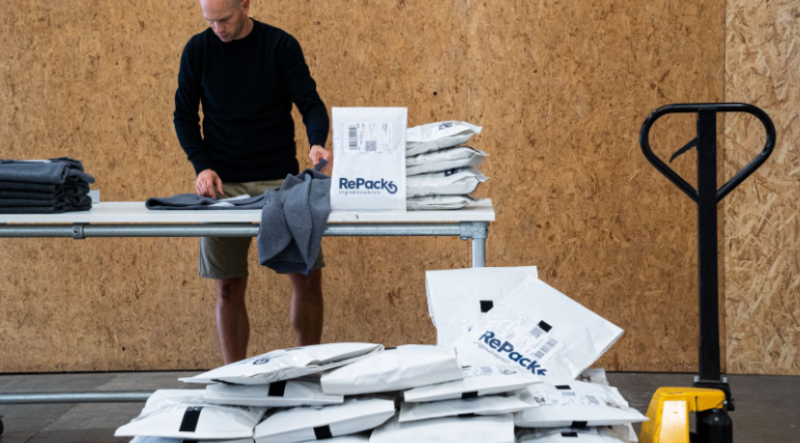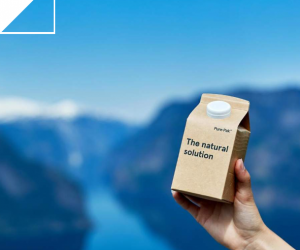

How to reduce and control e-commerce rising packaging costs in 2022
Sourcing packaging used to be cheap, and supply chains used to be reliable. That changed fast. We hear from Clémence Avignon
The dependency on single-use packaging is becoming a struggle. Businesses have to face both unsteady material availability and rising prices. There are many reasons to switch to reusable packaging, but operational resiliency quickly made its way to the top of the list. In addition to being much better for the planet, reusable packaging is on its way to becoming a massive competitive advantage by allowing e-commerce to future-proof its operations.
The nightmare that is sourcing single-use packaging
At their best, global supply chains lower costs for businesses. But the past years highlighted profound fragilities in these networks, with disruption in one part of the chain having a ripple-down effect upstream and downstream. When it comes to the shortage of packaging and its rising costs, it results in retailers battling to be able to pack their goods. Understandable when for many businesses, not being able to source packaging simply means they don’t have a business.
“Someone like Amazon is going to be at the front of the line to get their share of capacity, whereas these smaller businesses are at the back of the line. They don’t have the ability to absorb these costs as easily … whereas smaller- to mid-sized businesses are going to be stuck or have to pay exorbitant prices.” said one e-commerce owner
Cardboard prices were already through the roof in 2021, with an increase of five to six times in value and the trend is not improving in 2022. According to Bloomberg, making and shipping packing materials to customers is expected to remain tough in 2022.
Some anticipate overall packaging costs to increase about 30% in 2022, and for paper and cardboard, the price increase could be of as much as 50% in 2022, driven by strong demand (from the e-commerce and food industries), high production costs (for energy, fibre, and transport), and tight supply in the market (raw material availability).
And if you managed to purchase it, it’s getting hard to actually get it delivered. Besides the freight rate rising again, waiting for cardboard became longer than waiting for the next Marvel. The normal 72-hour lead time from cardboard suppliers is turning into an unreliable 3-8 weeks.
The circular economy enables businesses to become future-proof
Luckily there is a silver lining in that mess. That amount of volatility might be the butt-kicker the business world needed to move towards circular models – like reusable packaging. Of course, reusable packaging providers like ourselves also face unexpected global demand shifts. But reuse solutions powerfully remove the stress of businesses’ shoulders by guaranteeing a much looser dependency on new packaging supply.
The packaging is already manufactured and ready to be used and reused—no need to worry about availability or giant price swifts.
“By embracing a reusable packaging system, a company can transform its operations from linear to circular, from waste-managing to waste-preventing, from lowest cost to value creation, from consumption to conservation, and from rigid unpredictability to flexible certainty.” Tim Debus, Reusables
The supply chain disruptions were a real eye-opener for many in terms of resources scarcity. The world needs a more circular economy to recalibrate how products and systems are designed to maximize material lifecycles before products become waste and need to be replaced. RePack helps hundreds of e-commerce brands to reduce & control e-commerce packaging cost. In addition to helping businesses shrink their environmental footprint and stay relevant to their consumers, reusable packaging help companies remain resilient. Wherever you’re still using single-use, there’s the perfect reuse solution for your business.
Interested in reusable packaging? Click here to find out more!





